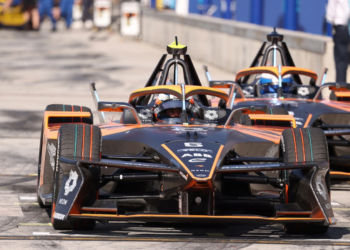The FIA and ACO have announced finalised technical regulations for the top class of the World Endurance Championship, which has been dubbed 'Le Mans Endurance Hypercars'.
Plans have been afoot to allow the use of hypercars in the 2020/21 WEC season, effectively replacing the LMP1 class, but there has been fierce debate over the exact details of how this will work.
On Friday, ahead of the 87th running of the Le Mans 24 Hours, the governing bodies held a joint press conference to confirm the new technical rules which will allow manufacturers or privateers to develop a 'clean-sheet prototype design of their own choosing' or develop an existing road-going hypercar.
If using an existing road car, a minimum of 20 units must be produced over a two-year period.
There will be a minimum weight of 1,100 kg, with a powertrain average of 750 horsepower and a sole tyre supplier, with the ACO estimating a Le Mans laptime of 3m30s.
Hybrid systems will be optional and managed by "deployment thresholds" and can only be activated at speeds over 120km/h in dry conditions. They will be limited to 200 kW (270 HP).
Balance of Performance (BoP) will be utilised and can be adjusted throughout the season to ensure a level-playing field.
It's hoped the introduction of hypercar regulations will attract a number of new manufacturers, with the likes of Ferrari, McLaren and Aston Martin having already shown an interest.
"There has been a lot of hard work by many people and today we have been able to present the new 2020 Hypercar regulations," Richard Mille, president of the FIA Endurance Commission said.
"The guiding principles are guaranteed competition between the competitors, a controlled budget and spectacular racing cars and the hypercar regulations will deliver on all three principles."
"There has been a lot of interest from manufacturers and fans will be able to identify easily with the new cars that will be seen on track at the start of the 2020/21 season."






